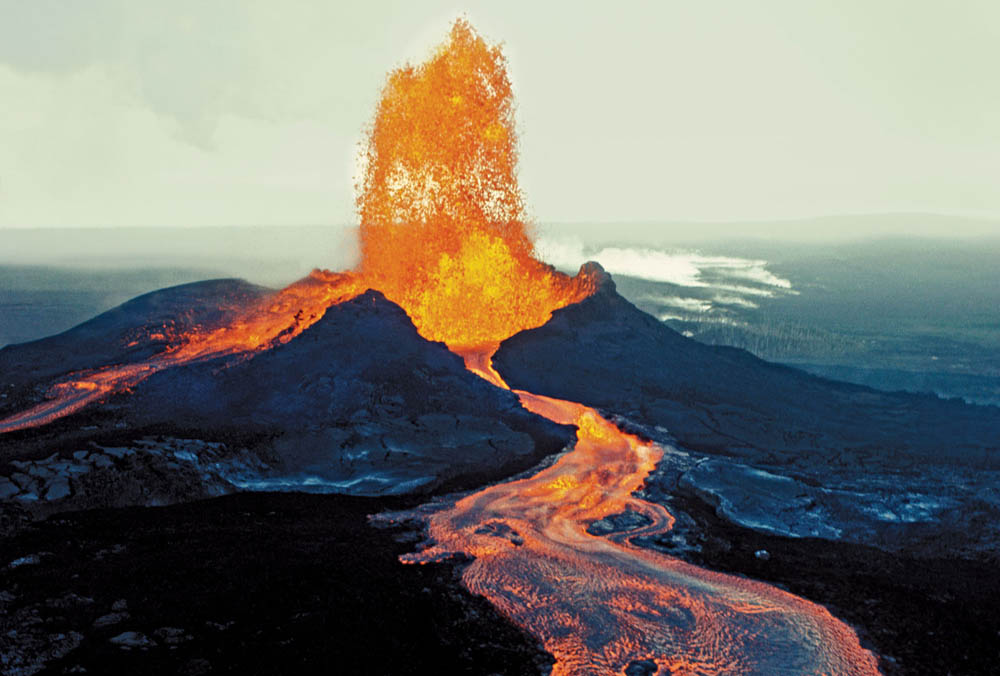The groundbreaking fissures from Kilauea Volcano that created a molten lava river three months ago have cast a chill over the Big Island's tourism that could potentially cost $200 million in lost visitor spending.
That is the opinion of Mark Kimura, an affiliate faculty member of the Department of Geography and Environmental Science at the University of Hawaii at Hilo, who released a new economic impact survey Friday on the latest Kilauea eruption.
Kimura said the economic impact of the event in May and June had already cost Hawaii Island an estimated 38,000 in potential visitors and $50 million in potential tourism spending, Star Advertiser reported.
Based on predicted growth trends, Kimura estimated that the island should have welcomed 320,092 visitors in May and June but instead only drew 281,681 visitors. That is actually a seasonally adjusted 12% loss, which is more significant than the results reported by the Hawaii Tourism Authority in May and June.
HTA reported that visitors to Hawaii Island dropped nearly 2% in May from the previous year as Norwegian Cruise Lines canceled Pride of America's port calls to Hilo and Kona during three voyages in May. While NCL had re-entered the Hawaii Island market by June, HTA still reported a nearly 5% visitor decrease that month.
Kimura compared the current eruption to Hurricane Iniki, which he said is the closest natural disaster to the eruption for which isle data is available. Assuming that tourists' reaction to the eruption would be similar to Hurricane Iniki, Kimura said it would take Hawaii Island at least 4.8 months to recover. Losses would hit $200 million if the eruption would stop today, he said
"We know there will be a significant cost—$200 million just gives us some rough idea," Kimura said. "The total is still hard to tell since we only have two months of actual data from when it started."
Kimura also estimated that the impact of the Kilauea eruption on the Pahoa area would be about $25 million annually if all the residents and businesses in the affected portion had to leave.
However, Jan Freitag, senior vice president of Tennessee-based STR, a company that tracks supply and demand data for multiple market sectors, including the global hotel industry, cautioned that "one month does not make a trend" and said historically, "the hotel industry is very, very resilient. Travel always bounces back. When things are dire, people are saying that they need to travel."


